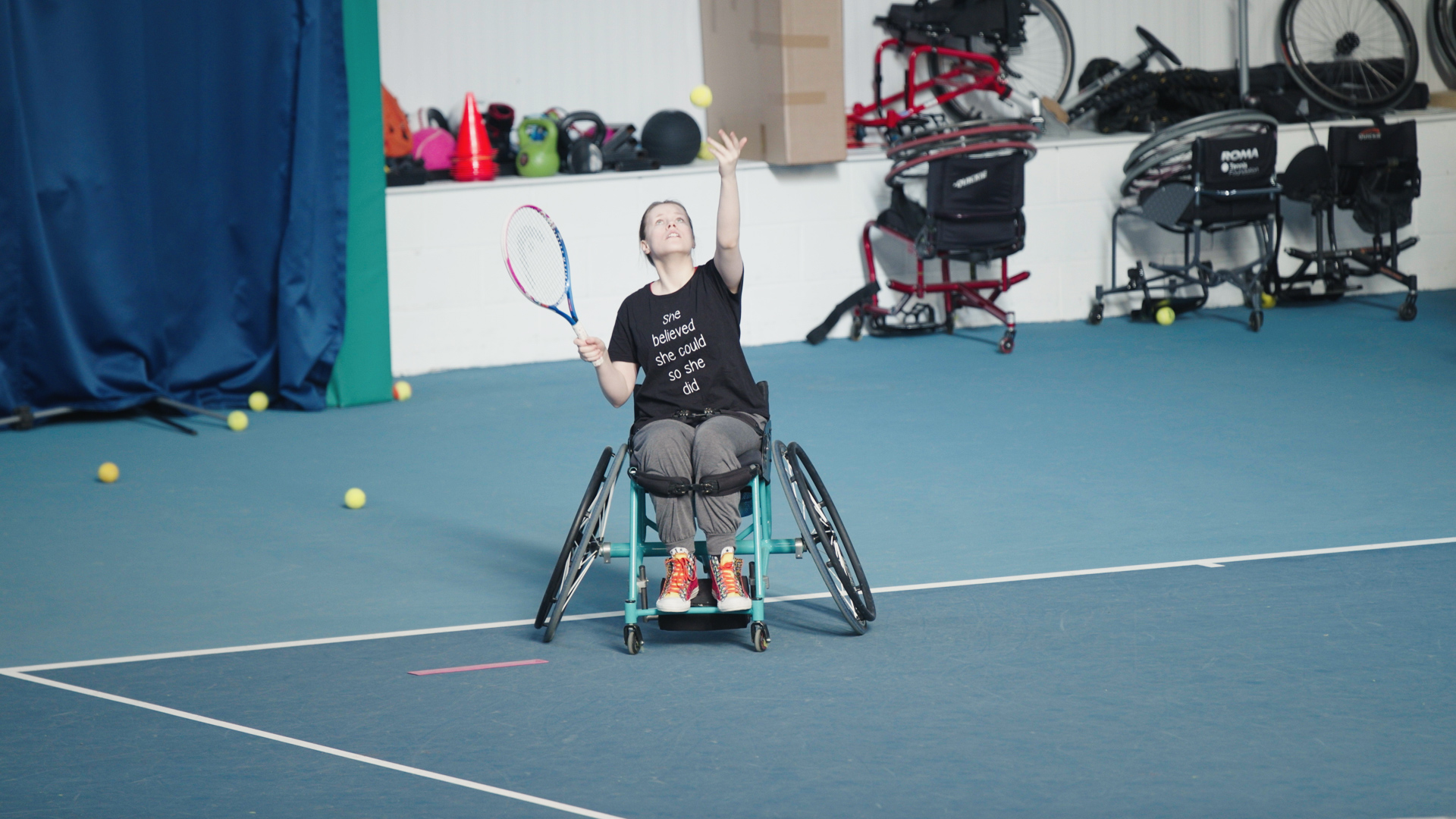Your basket is currently empty!
National charity Activity Alliance has warned that the rising cost of living and its wider impact are having a negative effect on disabled people’s activity and wellbeing. Today, the leading voice for disabled people in sport and activity releases the report from their latest Annual Disability and Activity Survey.
With almost 2,000 disabled and non-disabled adults aged 16+ taking part, the survey indicates that financial barriers are impacting disabled people’s activity levels. Four in ten (37%) of disabled people say the cost-of-living crisis has affected how active they are, versus three in ten (32%) of non-disabled people.
The findings report that memberships and concessions and having more disposable income would have the most impact for disabled and non-disabled people. Disabled people are more likely to want to spend more on physical activity than non-disabled people, but many reported a fear that being more active will result in their benefits or financial assistance being removed. For those on benefits, almost a third of disabled people fear that being more active will result in their benefits or financial assistance being removed (37%).
The responses also show that disabled people’s mental health and wellbeing is being disproportionately affected. Disabled people were nearly three times more likely than non-disabled people to feel lonely always or often (23% vs 8%). What is more, there are worrying signs of an increase in loneliness for disabled people over the last four years compared to decreasing levels of loneliness for non-disabled people. Since the start of the pandemic, disabled people were more likely to feel isolated (54% vs 30%). Yet nearly two-thirds of disabled people who felt lonely agreed that being active could help them feel less lonely (65%).
As well as outlining what the sport and activity sector can do to improve these barriers, respondents were asked what government should focus on. Nearly two-thirds of disabled people (64%) said the government should focus on making activities affordable to help more people to be active.
Key findings include:
- Disabled people were more likely to say they wanted to be more active compared to non-disabled people (77% vs 54%). This “activity gap” has remained consistent in previous years, showing an ongoing unmet need.
- 60% of disabled people reported that the increase in cost of living has reduced how much they socialise, with 37% saying it has affected how active they are.
- Younger disabled people and people with five or more impairments were most likely to say the cost-of-living crisis has reduced how active they are (58% and 56%) and how much they socialise (74% and 75%).
There is a clear spending gap for what disabled people are spending and want to spend on physical activity. Disabled people reported spending an average of £13.40 less than non-disabled people on being active each month. Disabled people want to spend more than non-disabled people on being active (34% vs 27%), whereas non-disabled people were more likely to want to spend less (27% vs 19%).

Adam Blaze, Chief Executive at Activity Alliance, commented on the latest report:
“Our annual survey makes clear that disabled people’s access for physical activity has been disproportionately exacerbated by current economic and social challenges, with an urgent need to prioritise inclusive opportunities for all. The findings show negative trends and stark differences between disabled and non-disabled people, despite clear and renewed enthusiasm from disabled people about becoming more active and investing more in their physical and mental wellbeing.
“We continue to listen to disabled people’s experiences and believe this is the only way to see meaningful change. Without ensuring disabled people are part of this decision making, it will not be possible to achieve our goal of a healthier, happier, and more active nation. We urge leaders and organisations to read the report and see what immediate changes they can make with a plan to achieve long-term goals.
“We understand decision makers and providers are also facing economic challenges, but we must ensure that disabled people are never excluded from access to sport and physical activity. Our annual survey provides clear evidence that we need to address concerns in a number of areas to improve opportunity and experiences for disabled people. Activity Alliance and our partners can help organisations to improve and embed the necessary inclusive practices that will make a significant and positive difference.”

Tim Hollingsworth, Sport England Chief Executive and Government Disability Access Advisor for Sport and Physical Activity, said:
“This year’s report highlights how the cost of living is being felt acutely by disabled people. The findings are a stark reminder that further and sustained action is needed to tackle the barriers faced by many disabled people when playing sport and getting active and that remains a major element of our strategy and investment at Sport England.
“While mindful of the financial pressures on organisations in the sector, we would urge all to recognise the report’s findings as part of their work to ensure their offer is affordable and accessible for disabled people.”
The report outlines the charity’s commitments and asks for the sport and activity sector. They are split into seven themes.
The full report is available to view at www.activityalliance.org.uk/annual-survey